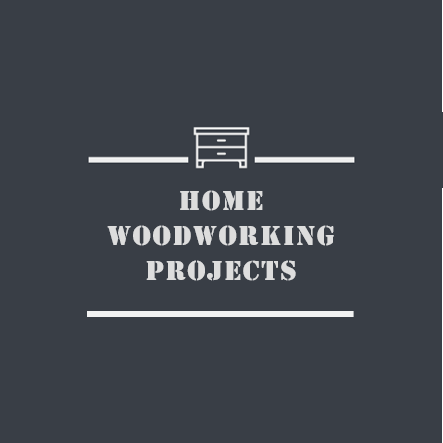I’d like to talk about a woodworking pricing tactic that can potentially save you a lot of heartache. This approach is a little different than the usual pricing methods in that it starts with the final product and works backward. I’ve found that this simple exercise can help eliminate potentially unprofitable projects from your lineup before you invest time and effort designing and building prototypes and creating marketing materials.
Understand price ranges will help you pick profitable projects
Once you have a project in mind, determine the existing price range for similar items and get an understanding of the differences between the low, medium and high-priced models already available. Jump online and do a Google search for your project idea. As you search, note any variations in the project name that come up and search on those terms too.
Here’s a sample customer project
Let’s look at another customer project I developed as an example - the potting bench. When I first looked at existing “potting benches” on the market, the prices ranged from just under $100 to well over $500. Looking at the different bench options, I realized I’d be able to build a bench that met the specs of the higher-end models on the market.
Research market prices to ensure a new project is worth your time
Once you have a project in mind, determine the existing price range for similar items and get an understanding of the differences between the low, medium and high-priced models already available. Jump online and do a Google search for your project idea. As you search, note any variations in the project name that come up and search on those terms too.
Let’s look at another customer project I developed as an example - the potting bench. When I first looked at existing “potting benches” on the market, the prices ranged from just under $100 to well over $500. Looking at the different bench options, I realized I’d be able to build a bench that met the specs of the higher-end models on the market.
